Ultra-tec® and Archbase partner to revolutionize digital engagement for design professionals, integrating Archbase into the Ultra-tec Resources experience.
Archbase, a leader in digital innovation for building product manufacturers, is thrilled to announce a new collaboration with leading cable railing manufacturer, Ultra-tec®. This partnership is set to revolutionize the digital landscape for design professionals through the integration of Archbase into the new Ultra-tec Resources experience.
According to Eric Snyder, CEO of Archbase, “This collaboration is a vivid illustration of how innovative technology can help innovative product companies like Ultra-Tec transform traditional processes, ushering in a modernized, user-focused era in the world of architectural specifications.”
Since 1998 Ultra-tec has carved a name for themselves across North America as a leading producer of cable railing, championing innovative designs that cater to a broad spectrum of architectural needs. By partnering with Archbase, Ultra-tec aims to redefine the digital experience for their customers, aligning with their goals of continuing market expansion and customer engagement.
“We are very excited to partner with Archbase to provide valuable resources to the architects and specifiers who select our products, as well as the contractors and fabricators who install them,”
Steve Akin, Ultra-tec National Sales Manager
The cornerstone of this partnership is built upon the powerful synergy between Ultra-tec’s product expertise and Archbase’s digital solutions. Archbase will power the Ultra-tec Resources experience with improved functionality. It will offer efficient product search, easy downloading, and features like project saving and product comparisons. Additionally, the Submittals extension will streamline and automate a majority of the submittal process, greatly saving time for design professionals.
This collaboration marks a new chapter in the specification journey of Ultra-tec products for design professionals. With everything they need now readily accessible on one platform, professionals can make more informed decisions with ease and efficiency. This streamlined approach not only saves valuable time but also significantly enhances the quality of their work life. Enabling design professionals to focus on what they do best: designing and building exceptional architectural projects.
About Archbase:
Archbase assists building product manufacturers in getting their materials specified for commercial construction projects. With Archbase, manufacturers can offer a simplified, efficient buying journey for commercial design professionals. Learn more at https://archbase.io.
About Ultra-tec®:
Ultra-tec is a leading provider of stainless steel cable, hardware, and installation tools designed especially for cable railing. Based in North America with distribution from its warehouses in Nevada, Ultra-tec serves the United States with a product offering combining beauty, function and sustainability and is specified by architects and designers for a wide variety of applications. For more information on Ultra-tec visit www.ultra-tec.com.

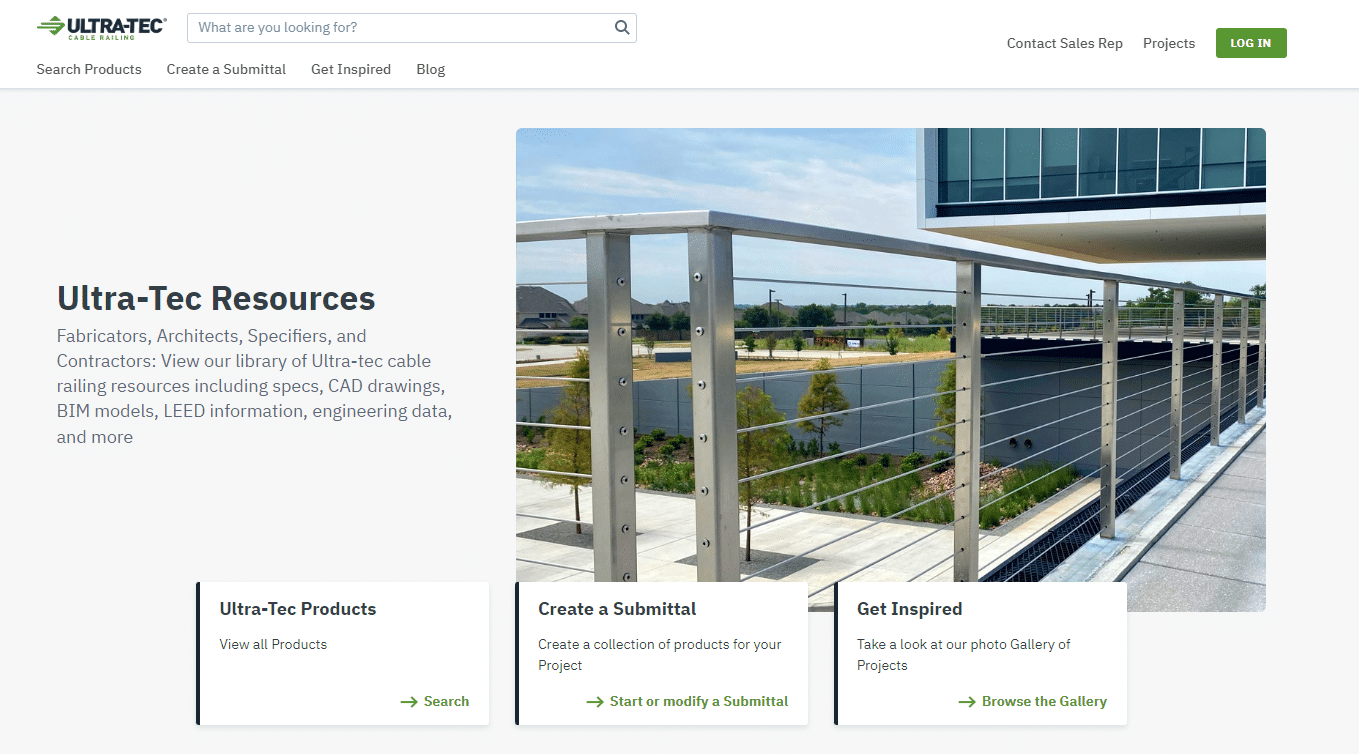
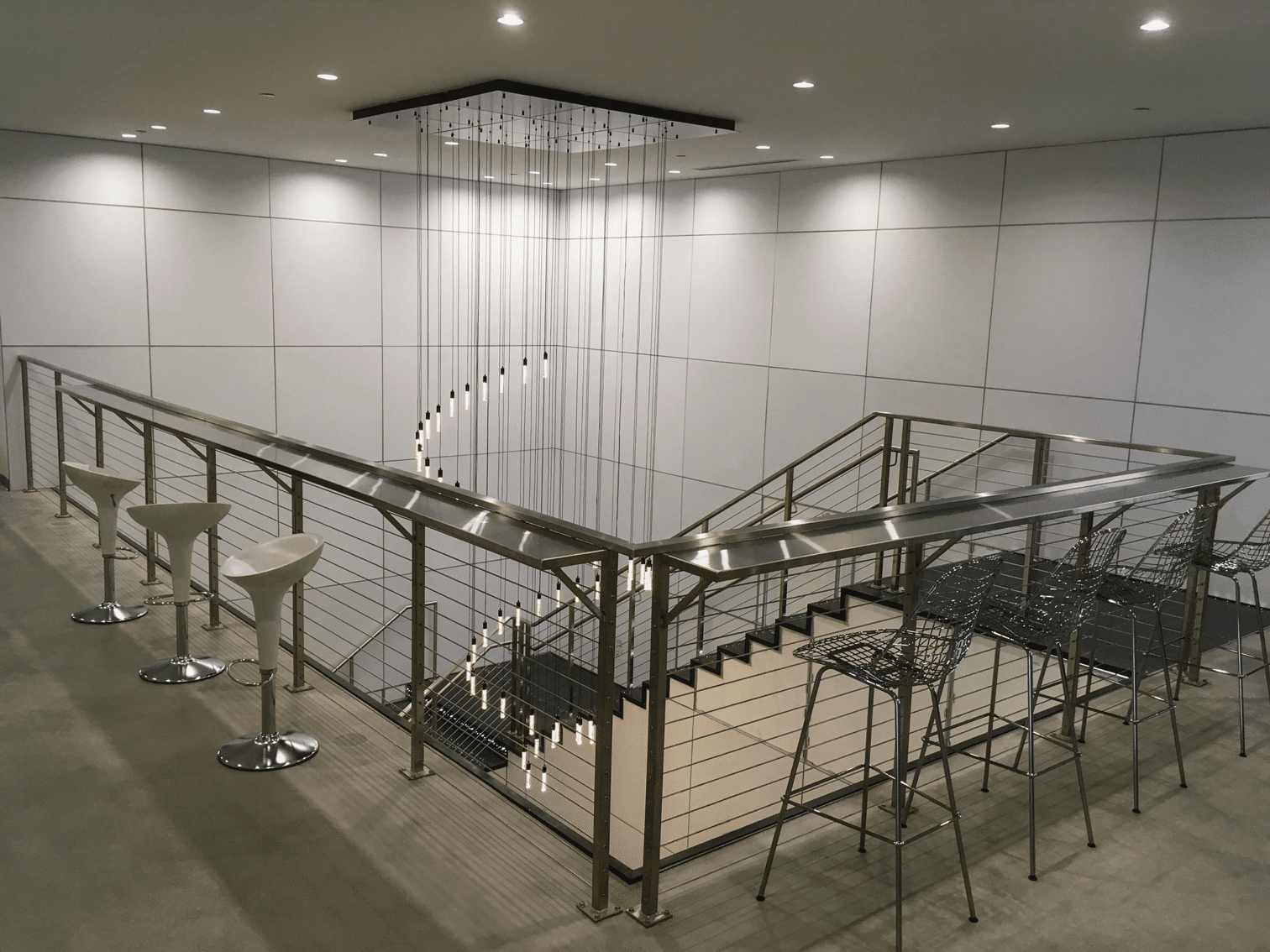
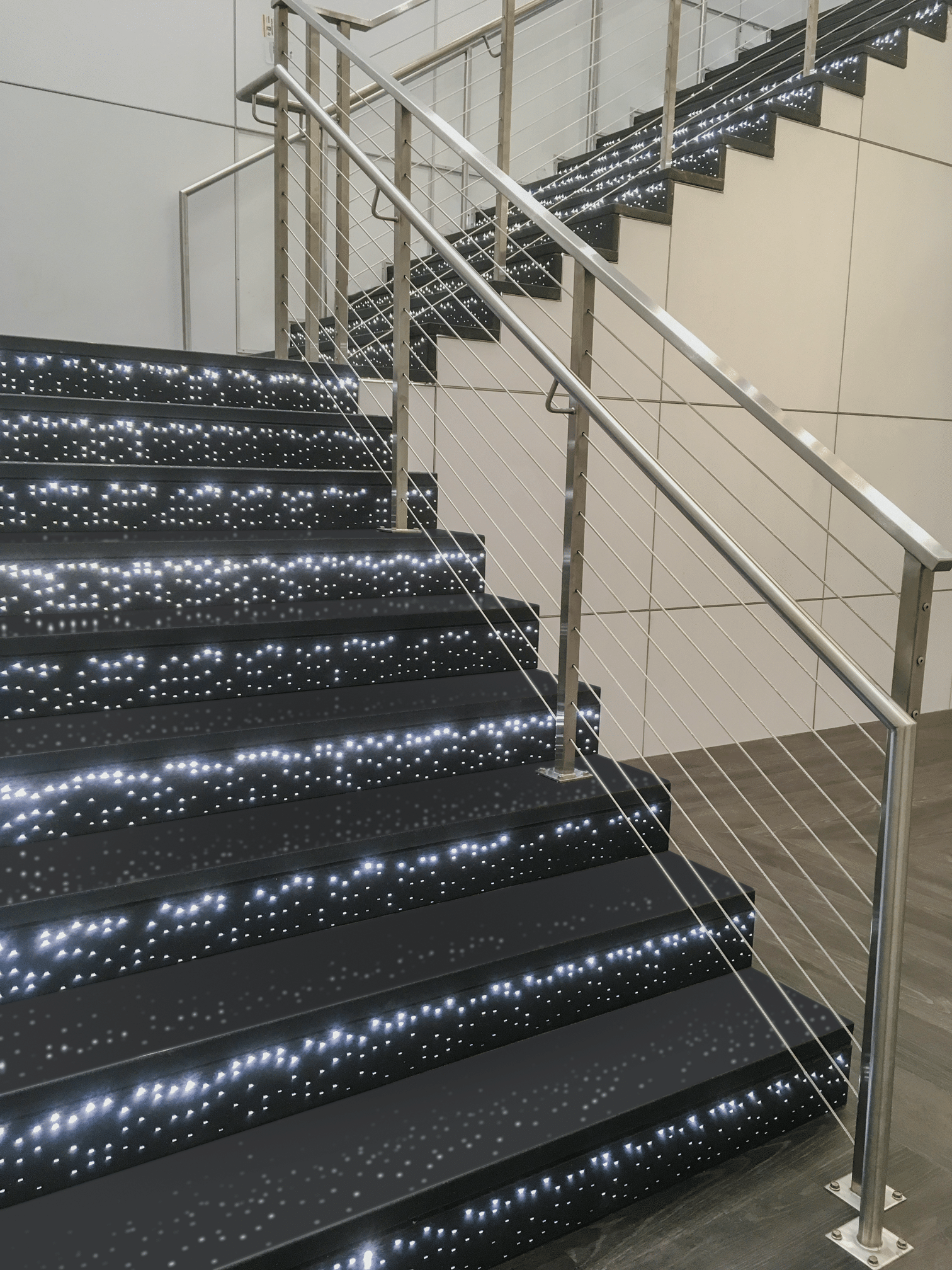
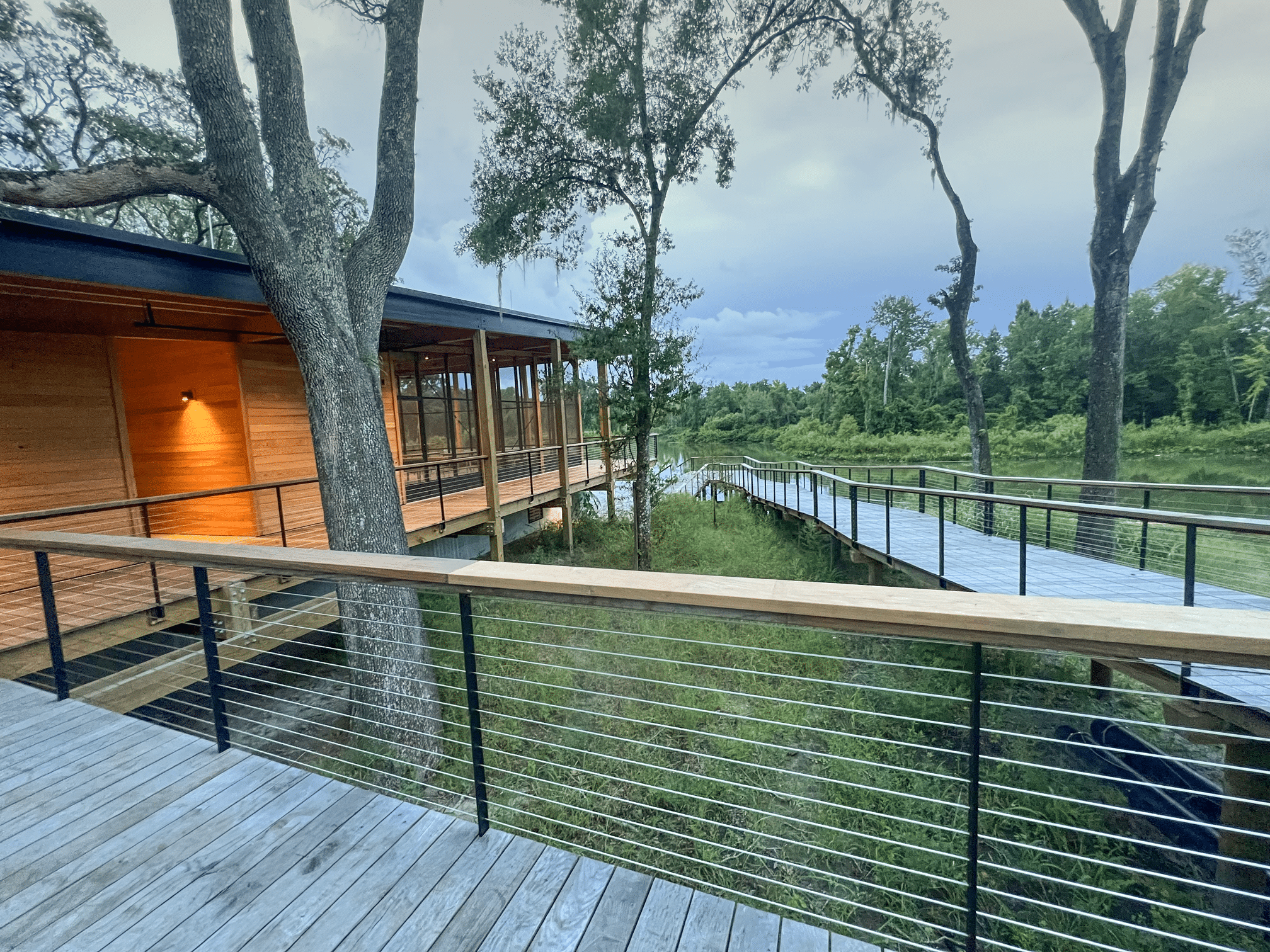
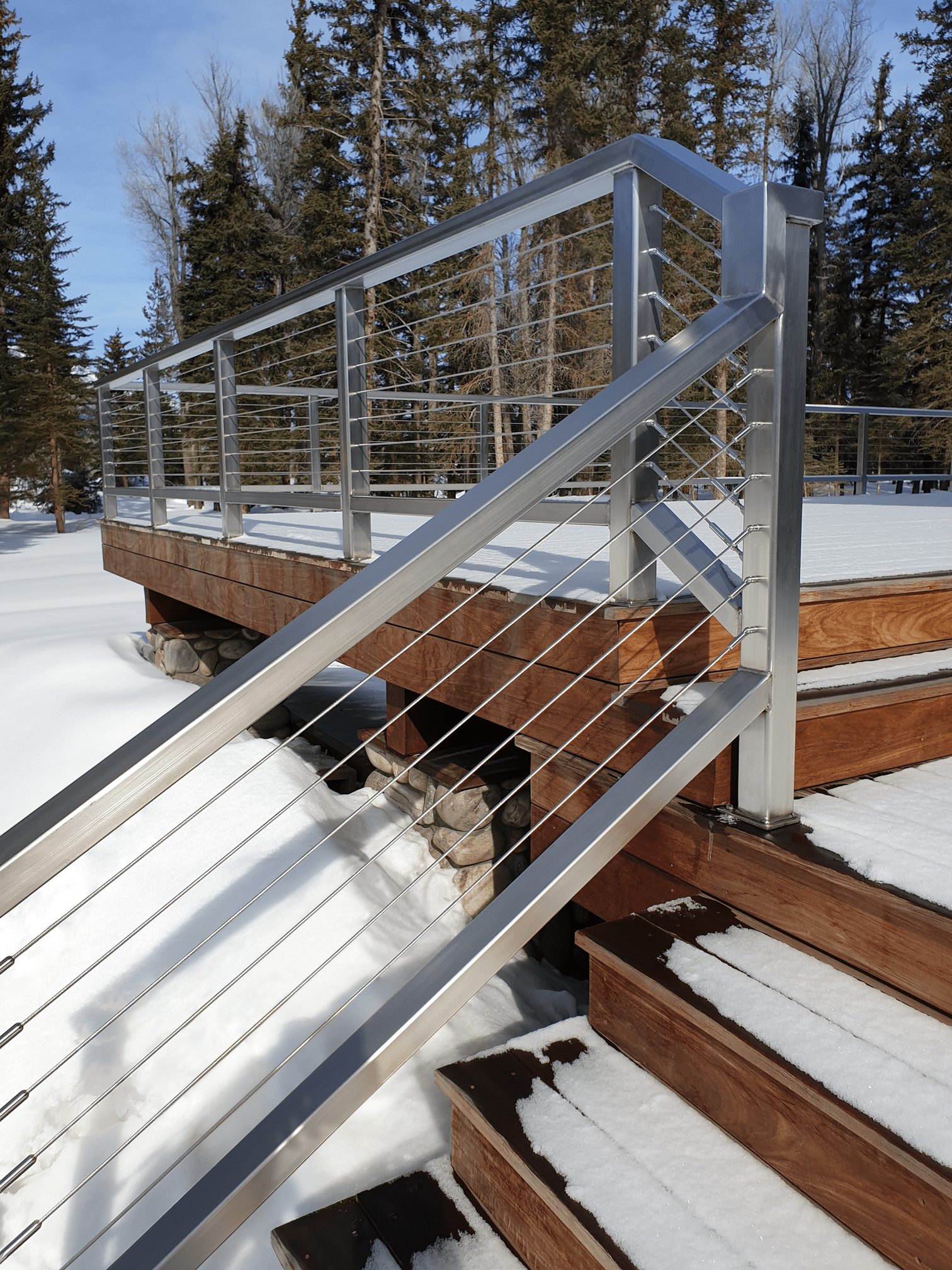
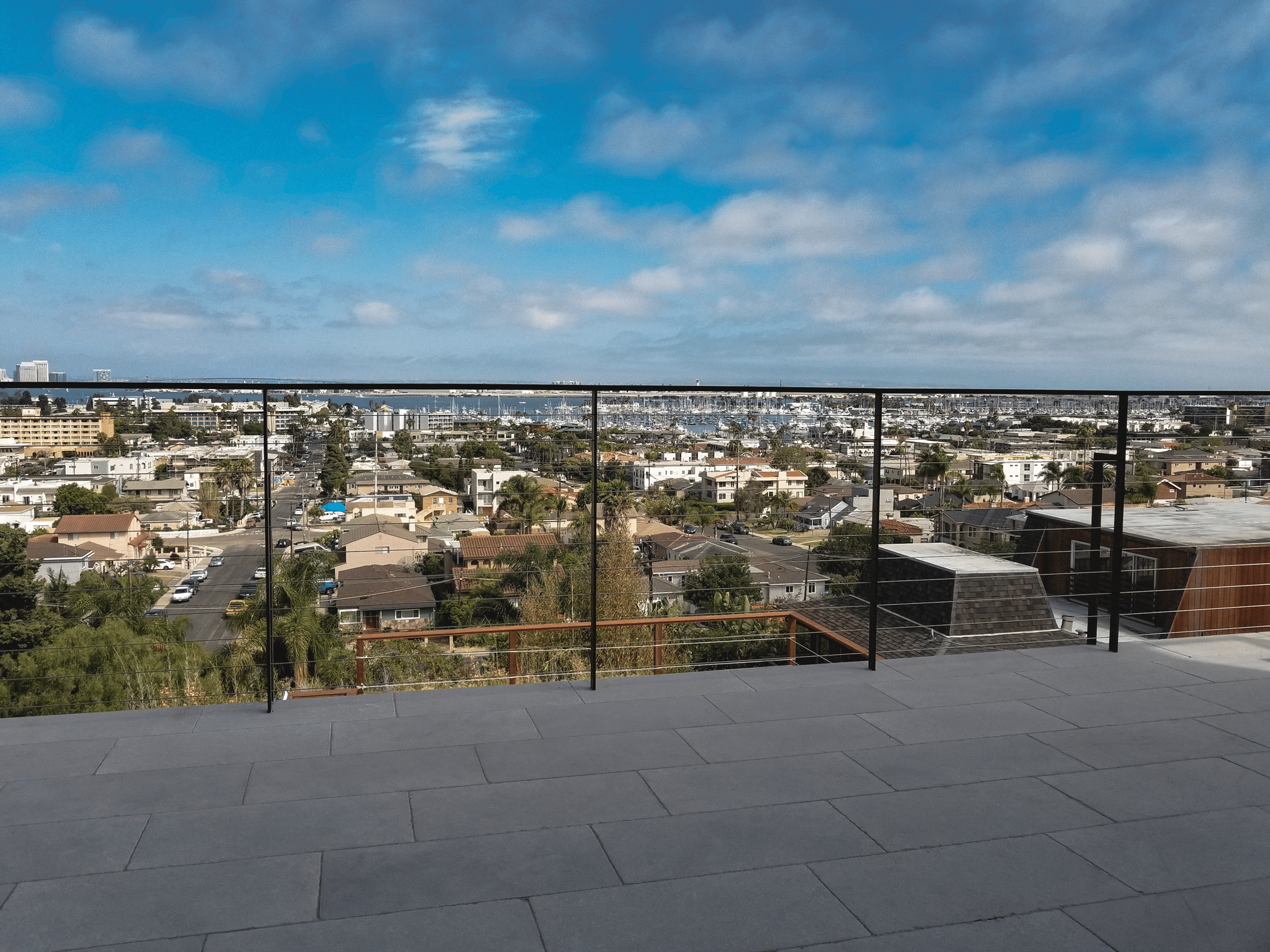
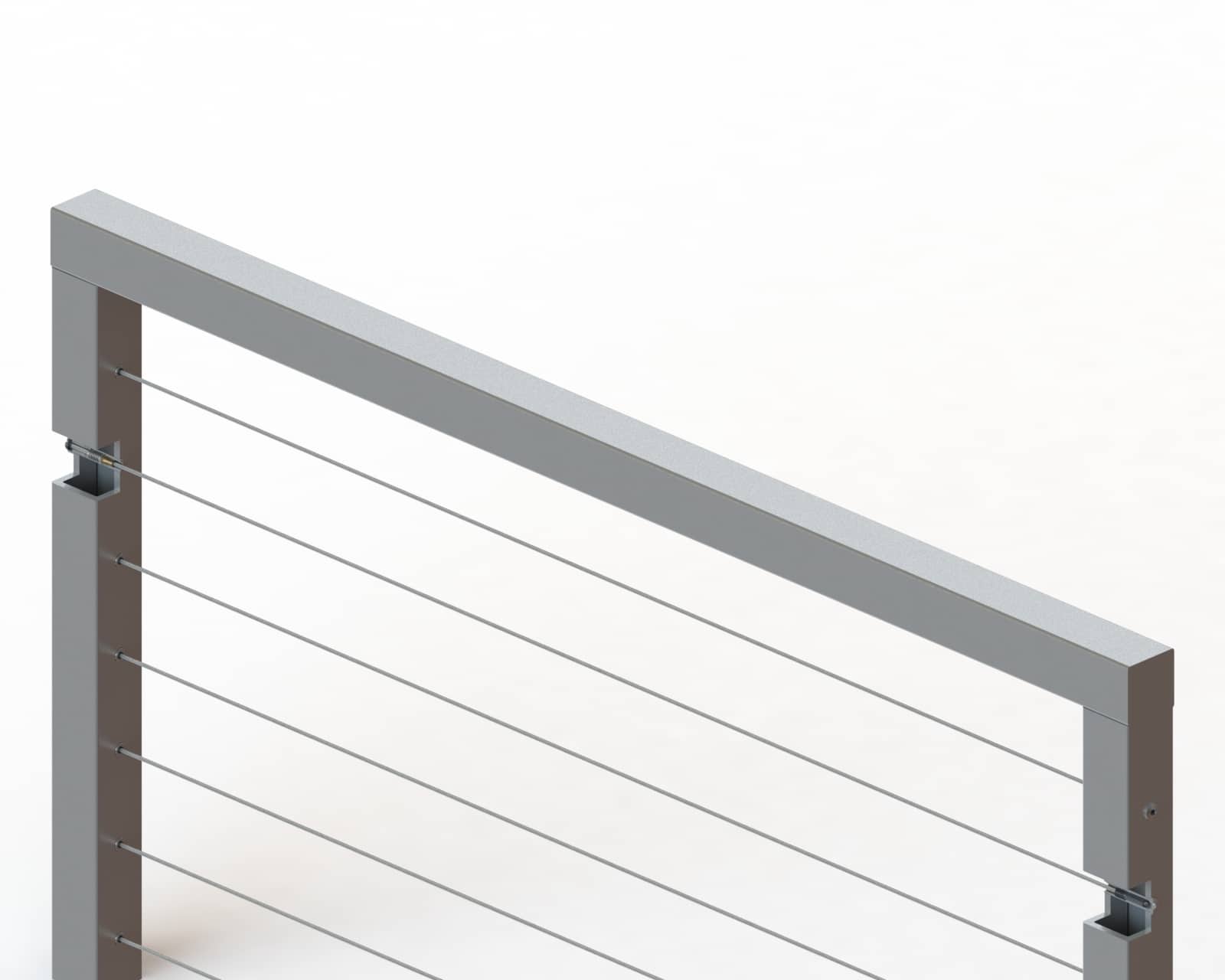
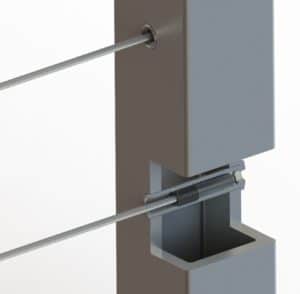
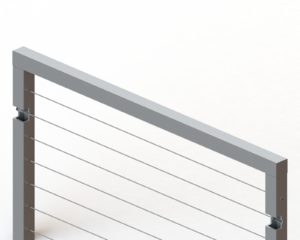
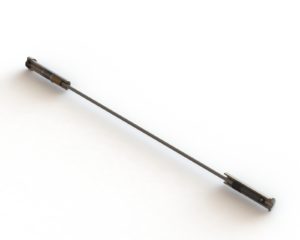
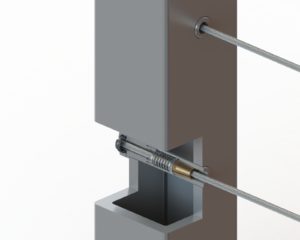
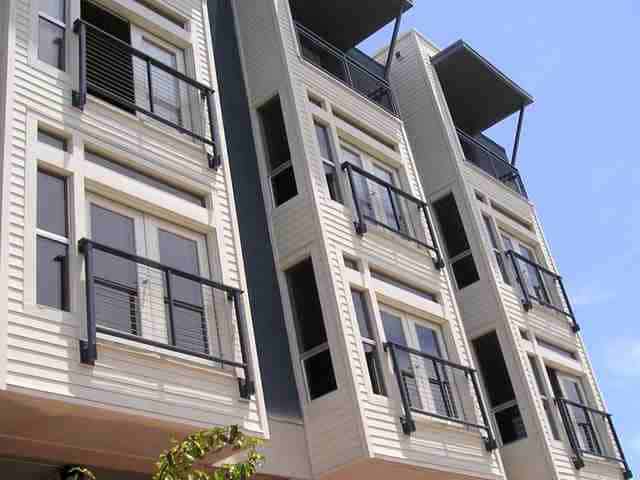
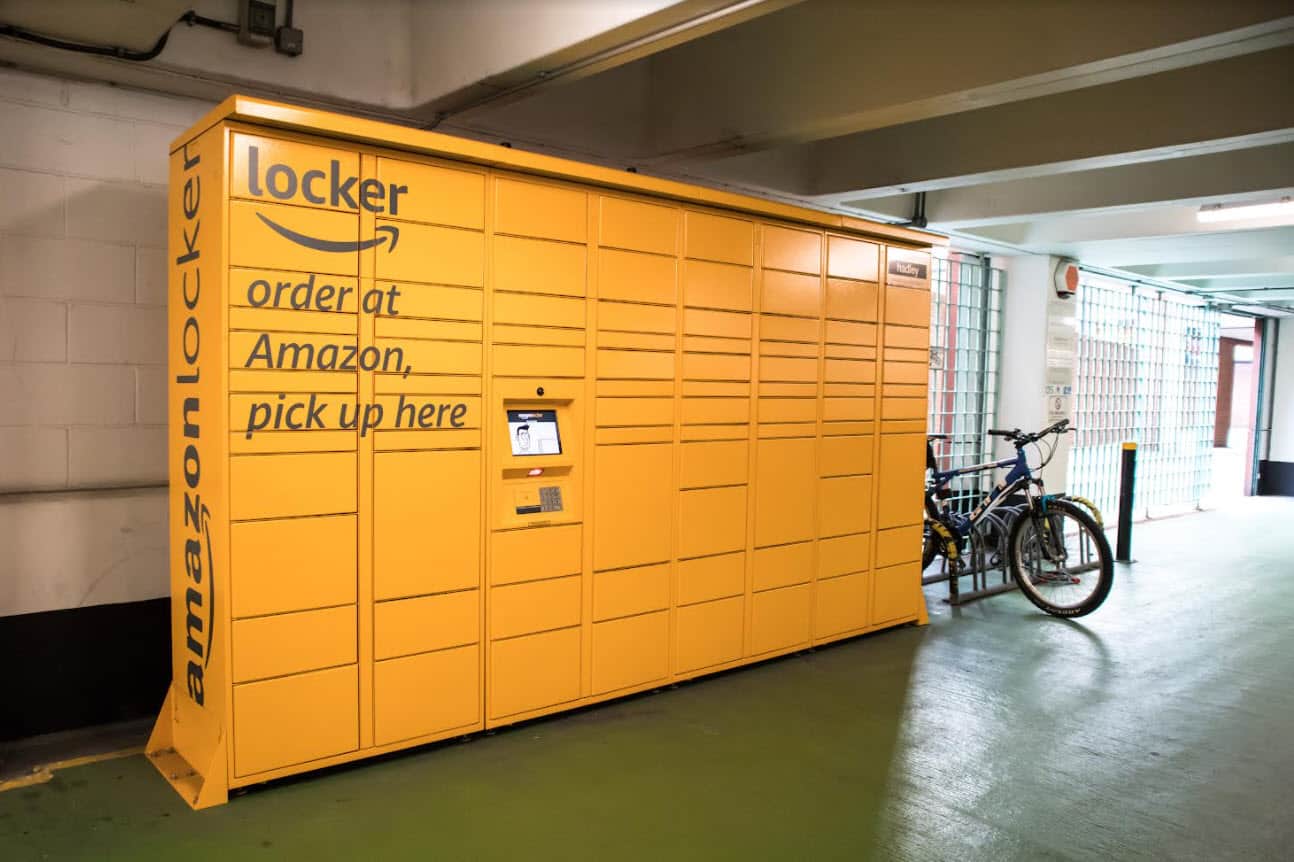

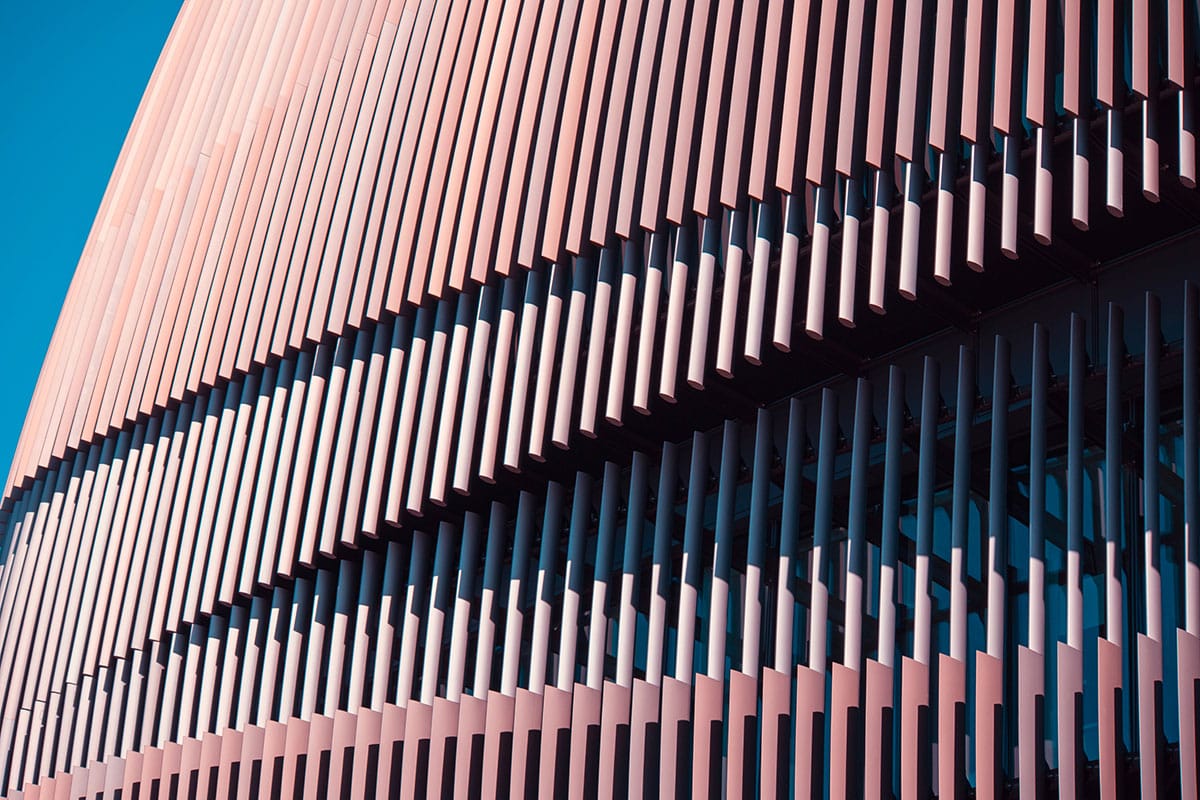
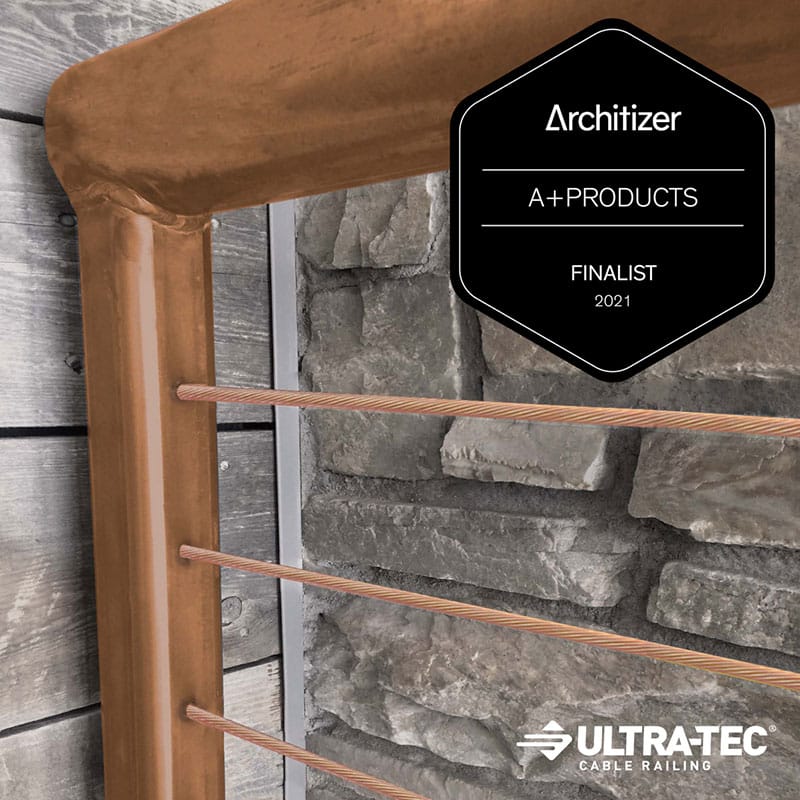
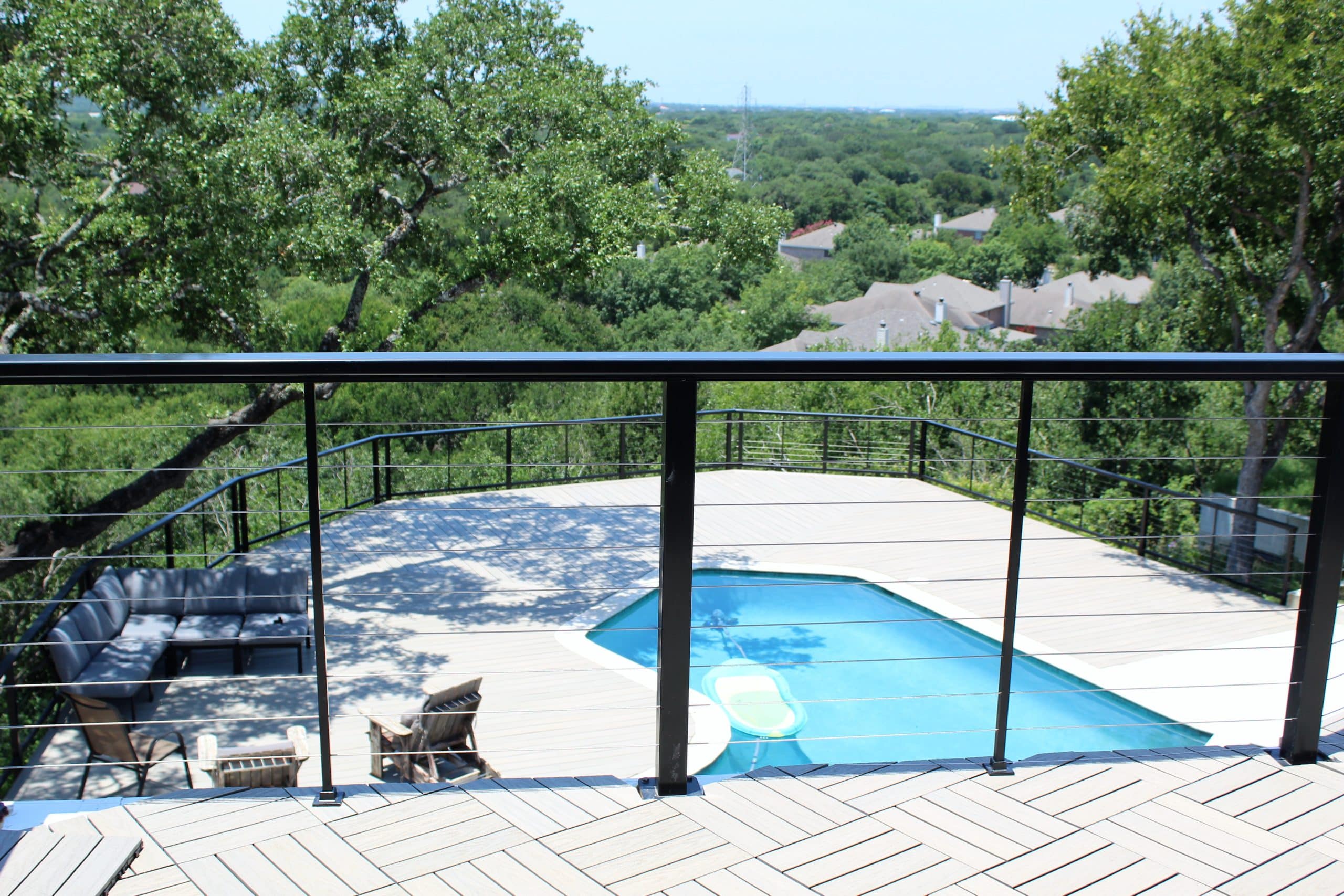
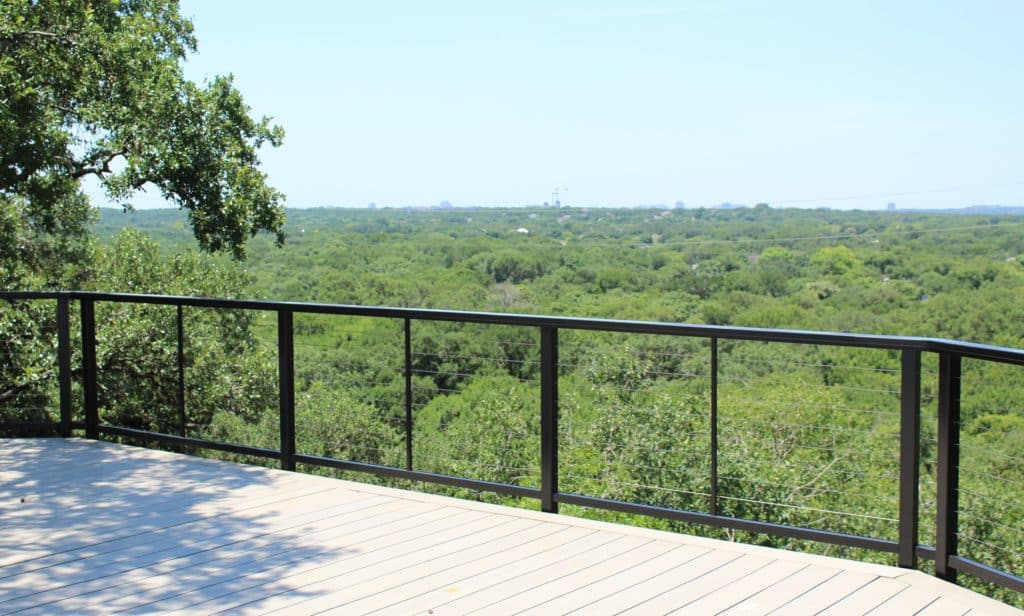
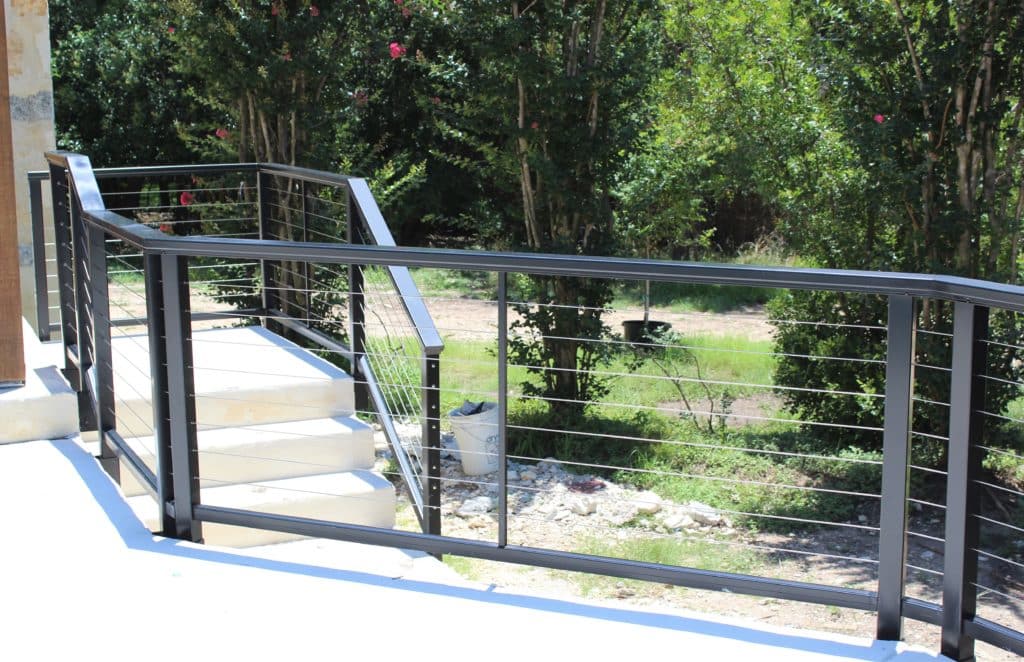

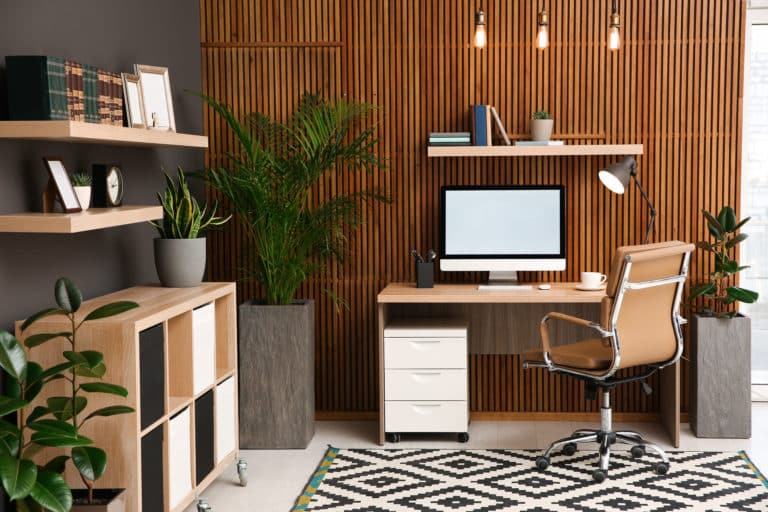
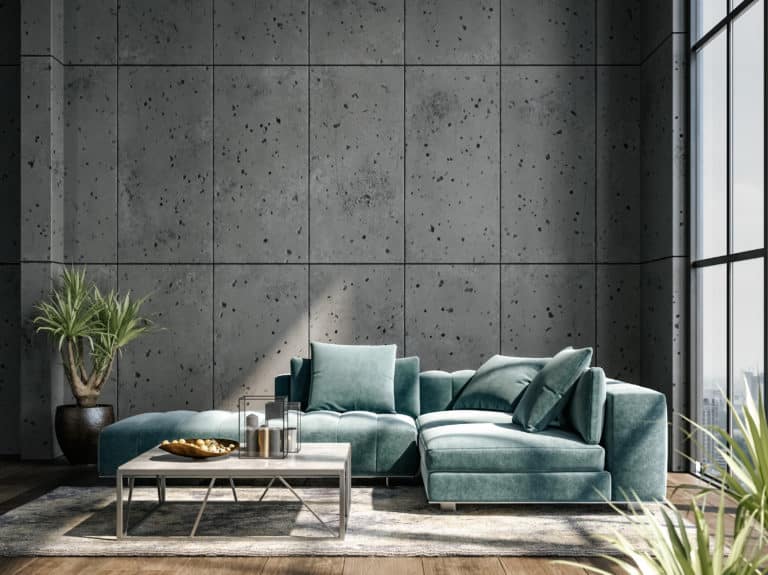
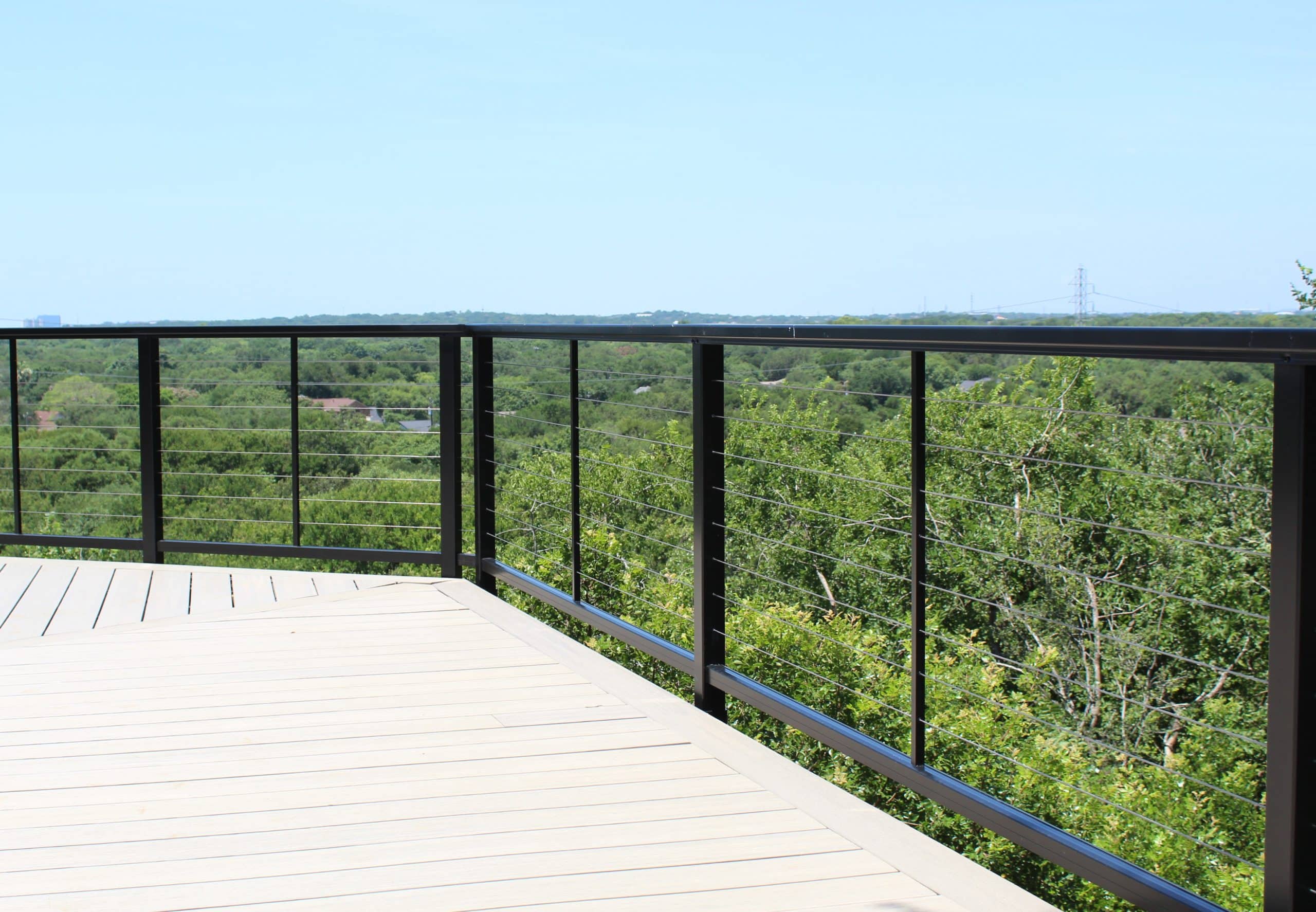
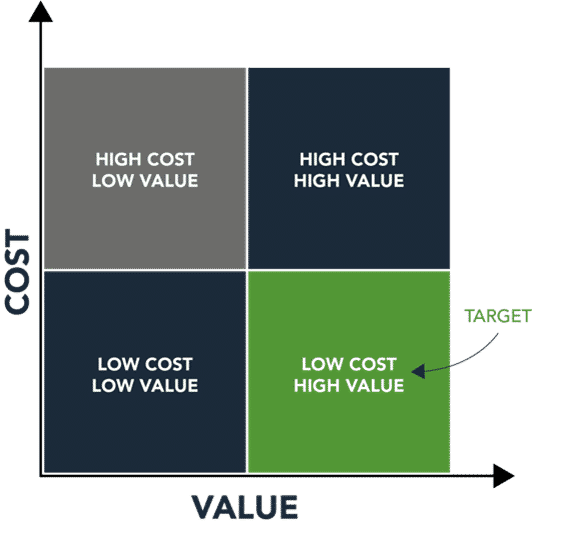
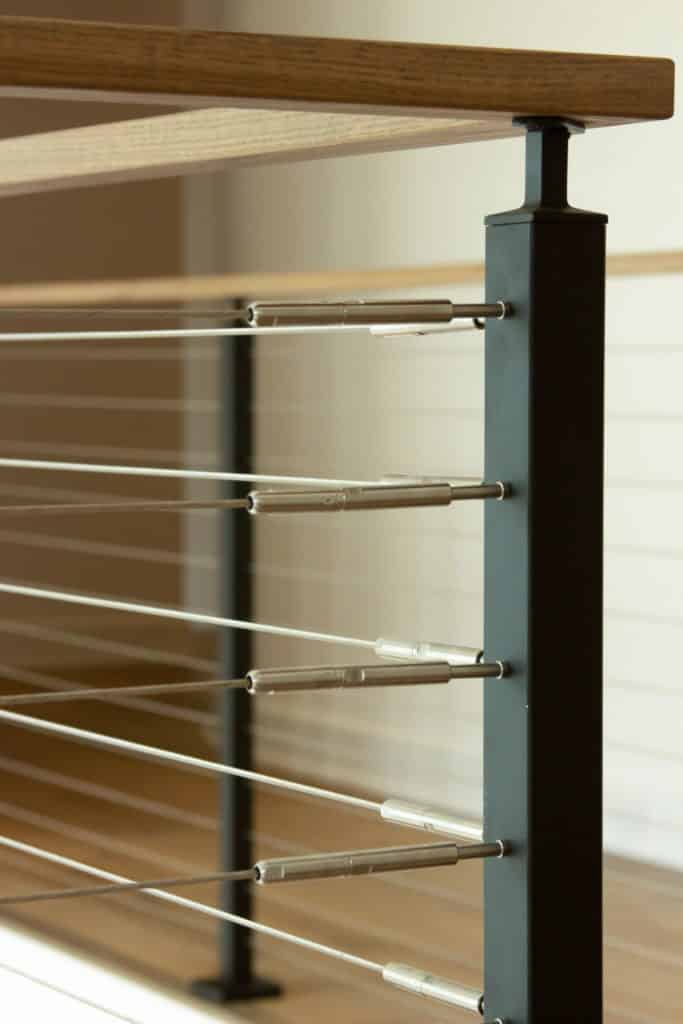
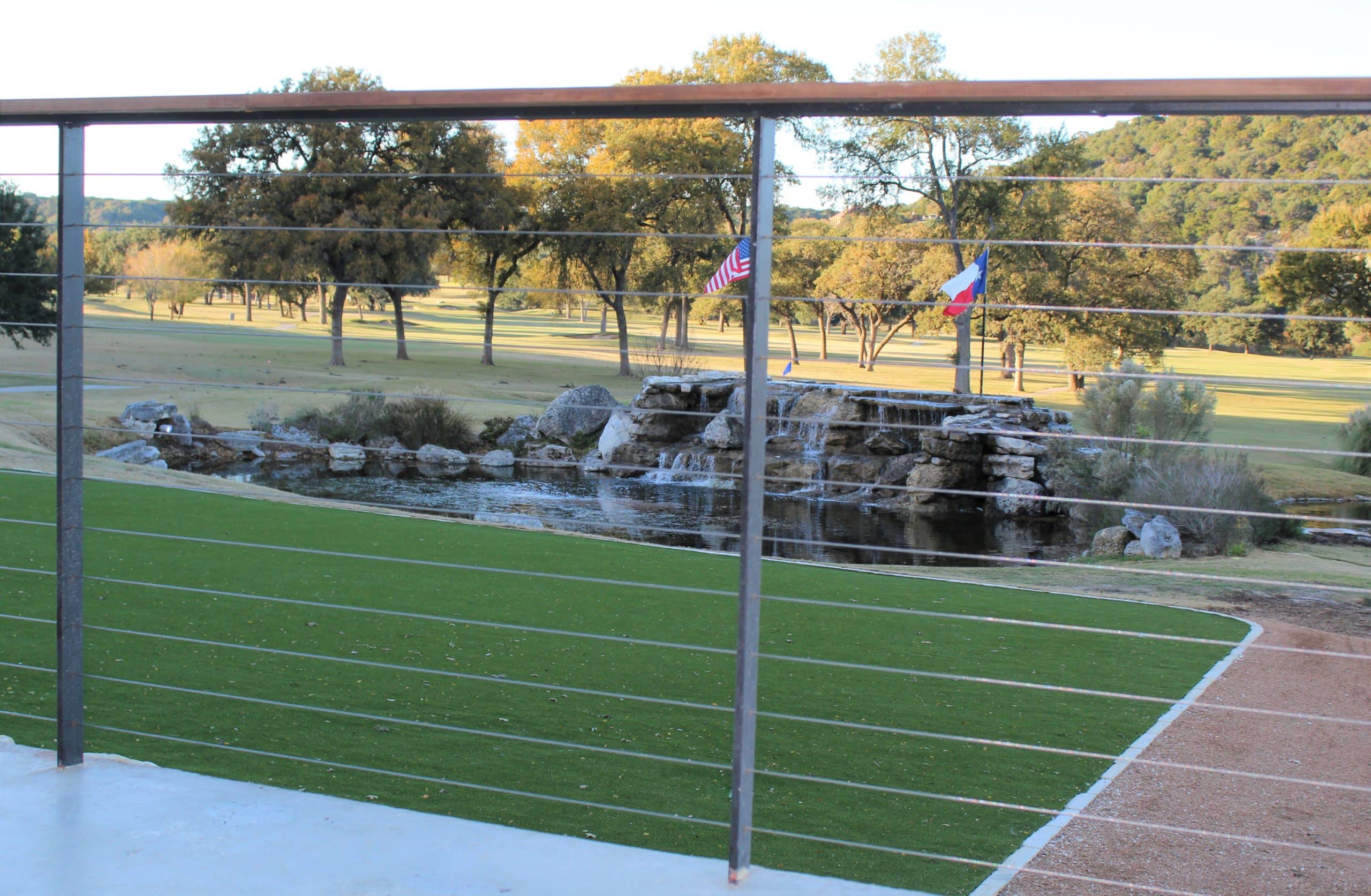
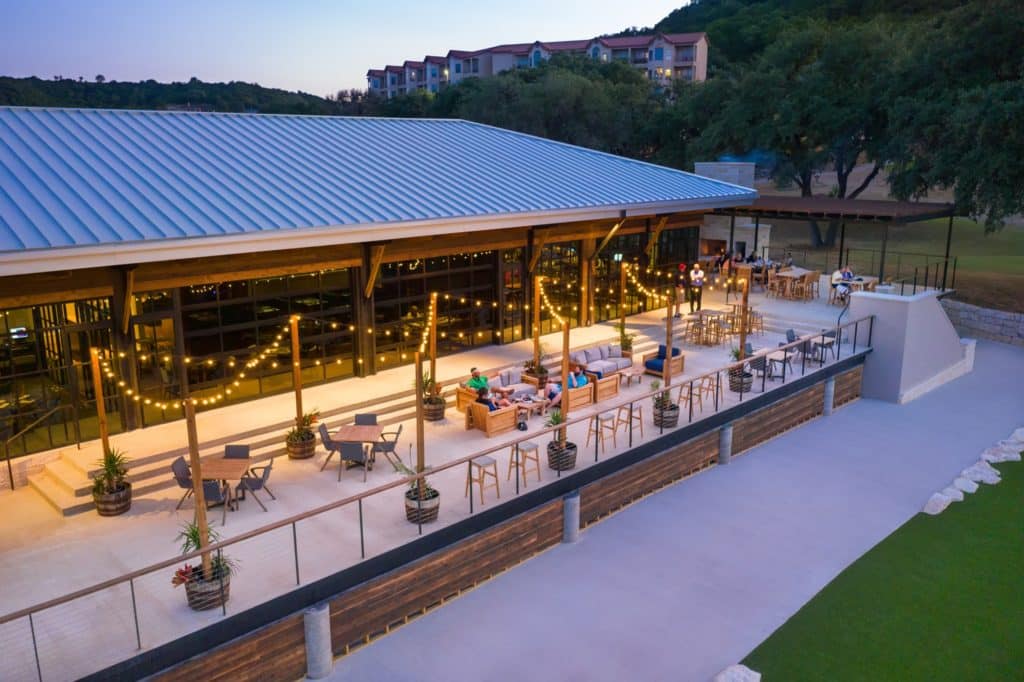
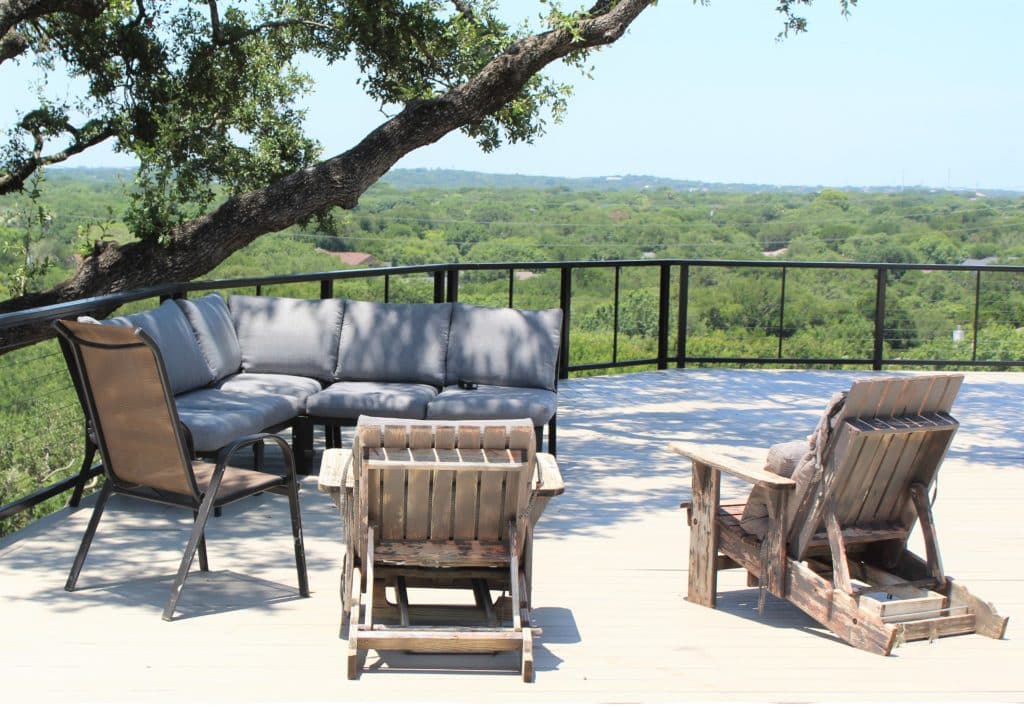
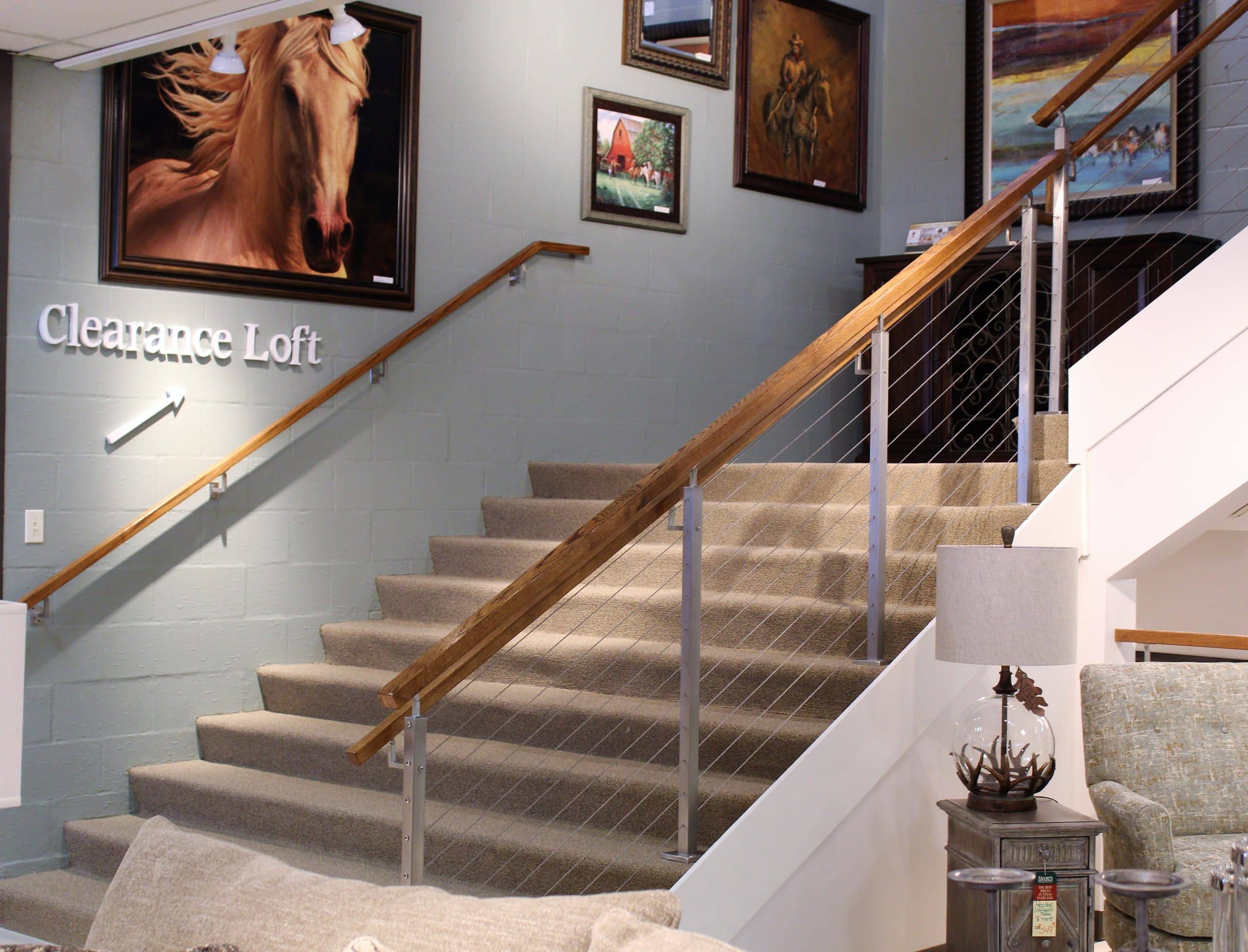
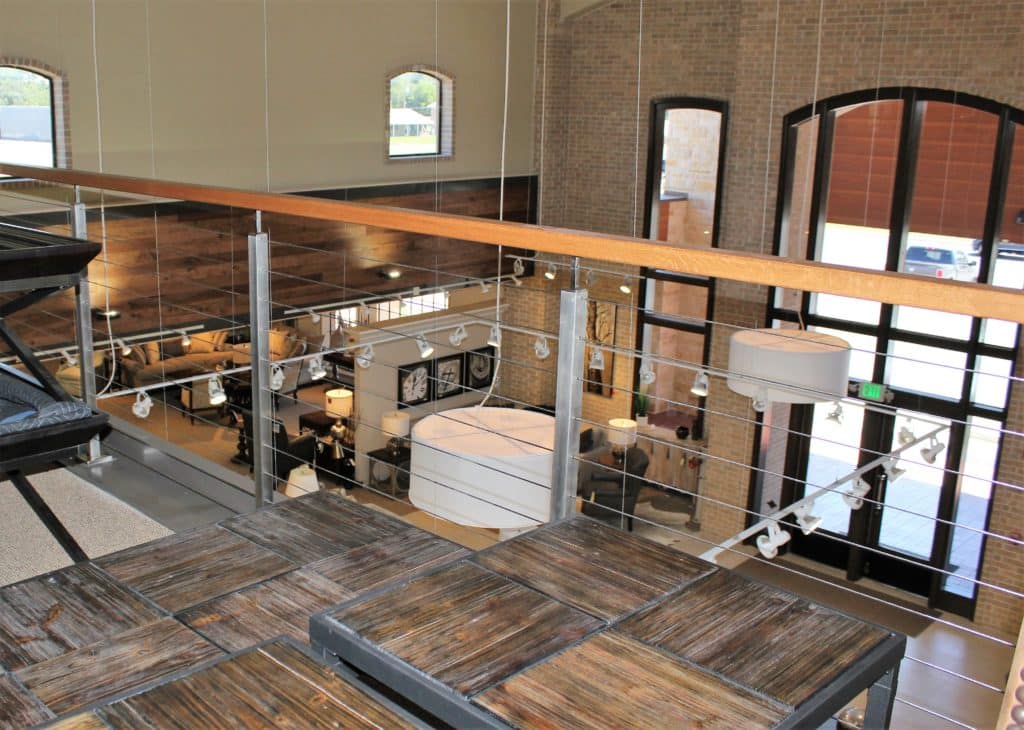
Recent Comments